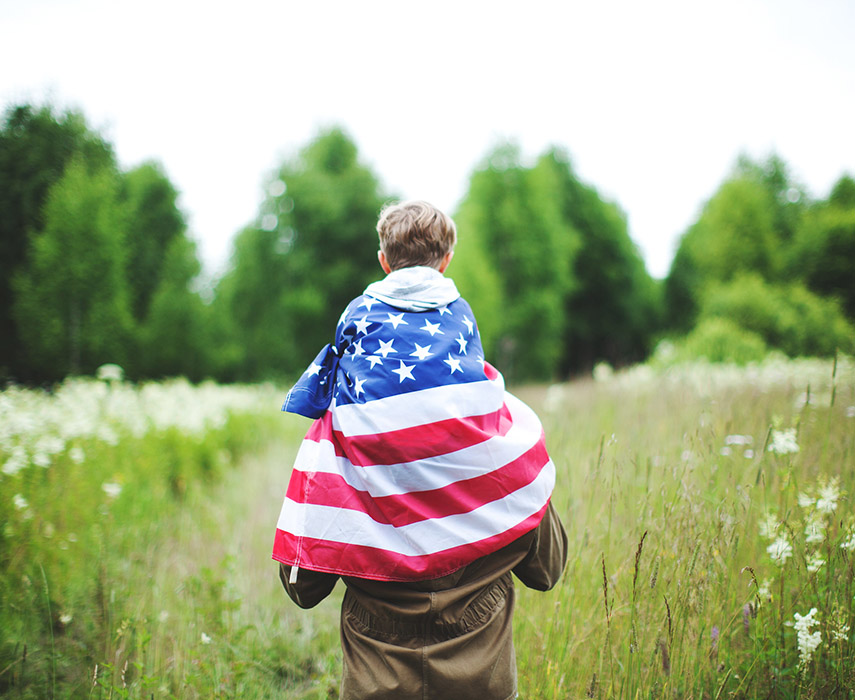What is Memorial Day?
Memorial Day is a uniquely American blend of solemn remembrance and sunny celebration. Most Americans associate it with grilling hot dogs, applying sunscreen for the first time in months, and binge-watching patriotic movie marathons (looking at you, “Saving Private Ryan” and “Band of Brothers”). But beneath the summer kickoff vibes and mattress sale commercials lie a commemoration of the ultimate sacrifice made by countless men and women in military service.
It all began as “Decoration Day,” rooted in the aftermath of America’s most devastating conflict, the Civil War. Imagine a country torn in two, reeling from the loss of more than 600,000 lives, families shattered, and communities forever changed. In the midst of such profound grief arose a need for collective remembrance.
Enter General John A. Logan, a commander of the Grand Army of the Republic, who proclaimed May 30, 1868, as the day for decorating the graves of fallen soldiers. His logic? That particular day wasn’t marked by any major battle anniversary—a deliberate, neutral choice. Thousands gathered at Arlington National Cemetery that first Decoration Day, adorning 20,000 graves with flowers. However, pinpointing Memorial Day’s origins isn’t quite that straightforward. Though Waterloo, New York, officially holds the title as Memorial Day’s birthplace, other communities—including Charleston, South Carolina—have compelling claims rooted in early commemorations by newly freed African Americans.
Initially intended to honor Civil War dead, Decoration Day gradually expanded to included American casualties from all wars after World War I. Eventually, it became known as Memorial Day. By 1971, Congress made it an official federal holiday, scheduling it as the last Monday of May—cue the three-day weekend.
Flags are half-staff until noon, minute of silence, at 3 p.m.
Over generations, these commemorations evolved. Fast forward to today, and you’ll see echoes of these historical traditions in modern-day rituals nationwide. Volunteers and family members place American flags or flowers at the graves of soldiers. Towns and cities across America organize parades featuring veterans, active military personnel, marching bands, and often, those small-town floats that never fail to charm (or mildly confuse). Established by Congress in 2000, Americans pause for a minute of silence at 3 p.m., just long enough to reflect deeply before flipping the burgers again. Flags are flown at half-staff until noon to honor the dead, then raised briskly to full staff as a reminder that the nation lives on resiliently.
So yes, fire up those grills, enjoy the sunshine, pause...
So yes, fire up those grills, enjoy the sunshine, and relish the extra day off—but don’t forget to pause. Amid every hot dog served, volleyball spiked, and hammock swung lies a gentle reminder that freedom feels joyful precisely because it wasn’t free.
References
- American Battlefield Trust. (n.d.). Civil War casualties. https://www.battlefields.org/learn/articles/civil-war-casualties
- Associated Press. (2025, May 21). What is Memorial Day and how has it evolved from its Civil War origins? Associated Press News. https://apnews.com/article/048c817cd6b2dc2f728415b44385b2ee
- Department of Veterans Affairs, National Cemetery Administration. (n.d.). Memorial Day history. https://www.cem.va.gov/history/Memorial-Day-history.asp
- Department of Veterans Affairs, National Cemetery Administration. (n.d.). Memorial Day order (General Orders No. 11, May 5, 1868). https://www.cem.va.gov/history/memdayorder.asp
- History.com Editors. (n.d.). Civil War dead honored on Decoration Day. History.com. https://www.history.com/this-day-in-history/civil-war-dead-honored-on-decoration-day
- History.com Editors. (n.d.). Memorial Day 2024: Facts, meaning & traditions. History.com. https://www.history.com/articles/memorial-day-history
- Law.cornell.edu. (n.d.). 4 U.S.C. § 7 – Position and manner of display. Legal Information Institute. https://www.law.cornell.edu/uscode/text/4/7
- National Park Service. (2019). Memorial Day: Over 150 years of remembrance. https://www.nps.gov/articles/memorial-day-history.htm
- Public Law 90-363: Uniform Monday Holiday Act. (1968). https://www.govinfo.gov/content/pkg/STATUTE-82/pdf/STATUTE-82-Pg250-3.pdf
- Public Law 106-579: National Moment of Remembrance Act. (2000). https://www.govinfo.gov/content/pkg/PLAW-106publ579/pdf/PLAW-106publ579.pdf
- Sleter, G. (2024, May 19). Majority of Americans planning to celebrate Memorial Day. Store Brands. https://storebrands.com/majority-americans-planning-celebrate-memorial-day

 By Demetra Paizanis
By Demetra Paizanis